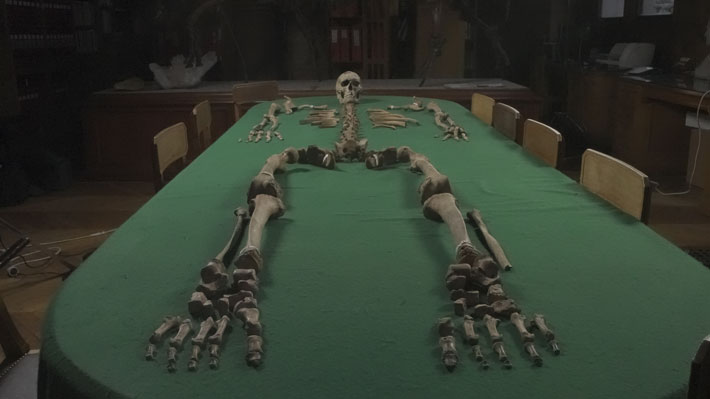 UPPSALA, SWEDEN—Live Science reports that few biological links have been detected among 10 hunter-gatherers who were buried between 6350 and 4810 B.C. at two sites along the coast of Brittany in northwestern France. The sites, Téviec and Hoedic, both contain well-preserved human remains and date to this period, which was marked by the transition to farming, and changes in settlement patterns, technology, diet, and burial practices. Some evidence for gene flow from hunter-gatherers to incoming farmers has been detected at this time. The study of these 10 hunter-gatherers, however, determined that their genomes were similar to other hunter-gatherer groups in Western Europe, without any evidence of mixing with the first farmers to reach Brittany. Luciana Simões of Uppsala University suggests that these last hunter-gatherers in Europe may have developed distinct social units to avoid inbreeding. Read the original scholarly article about this research in Proceedings of the National Academy of Sciences. To read about a decline in average height that occurred when Europeans shifted from being hunter-gatherers to farmers, go to "Don't Give an Inch."
UPPSALA, SWEDEN—Live Science reports that few biological links have been detected among 10 hunter-gatherers who were buried between 6350 and 4810 B.C. at two sites along the coast of Brittany in northwestern France. The sites, Téviec and Hoedic, both contain well-preserved human remains and date to this period, which was marked by the transition to farming, and changes in settlement patterns, technology, diet, and burial practices. Some evidence for gene flow from hunter-gatherers to incoming farmers has been detected at this time. The study of these 10 hunter-gatherers, however, determined that their genomes were similar to other hunter-gatherer groups in Western Europe, without any evidence of mixing with the first farmers to reach Brittany. Luciana Simões of Uppsala University suggests that these last hunter-gatherers in Europe may have developed distinct social units to avoid inbreeding. Read the original scholarly article about this research in Proceedings of the National Academy of Sciences. To read about a decline in average height that occurred when Europeans shifted from being hunter-gatherers to farmers, go to "Don't Give an Inch."
Genes of Europe’s Last Hunter-Gatherers Examined
